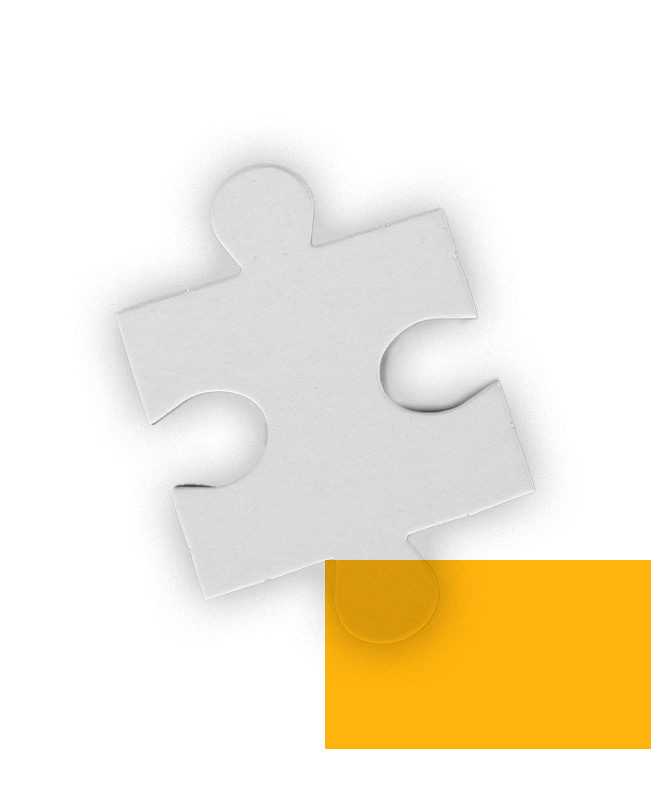When you’re looking at optimising your B2B website to be as user-friendly as possible and generate genuine quality leads, you should consider both Conversion Rate Optimisation (CRO) and User Experience (UX) when looking at your pages and content.
Many people struggle to determine the difference between these two terms, or where one ends and the other begins. So - what is the difference between CRO and UX?
This is actually a very common question that clients ask us, so we’re here to answer it and to explain why the distinction is important and how to use these two elements of B2B website optimisation to achieve tangible results.
Why is the difference between CRO and UX important?
It may seem minor, but it’s important to understand the difference between CRO and UX if you’re looking to create effective B2B inbound strategies that build your profile and increase your number of website leads.
By understanding how these terms differ, and how they function together and complement each other, you can start to utilise them in tandem to improve your website’s overall performance.
What is Conversion Rate Optimisation (CRO)?
Conversion Rate Optimisation, often shortened to CRO, refers to the practice of optimising content in order to increase the number of people that convert in relation to the number of people that see the content.
CRO focuses not only on new website visitors but also existing users and leads, with the intent to get them to take the desired action.
But what does convert mean? What is a conversion?
What defines a conversion depends on the goal of the page or content at hand. For example, depending on the purpose of a webpage, a conversion could be anything from someone clicking a button or CTA, all the way to someone signing up for a service or product. It all depends on the stage of the buyer’s journey that the content is aimed at.
For example, on a webpage aimed at people who are currently in the awareness stage, a conversion might be someone who downloads an ebook or guide that’s relevant to their current needs. Whereas on a page aimed at people in the decision stage, a conversion will more likely be defined as someone who registers direct interest in a product or to speak to someone in the business or make an inquiry.
Therefore, CRO refers to any action that is taken to improve the conversion rate either on a specific page or across a campaign or website as a whole.
EXAMPLE: A conversion on a landing page focussed around a free eBook is anyone who downloads a copy when they visit the page. If the landing page has 500 sessions and the ebook has been downloaded by 100 users, that page's conversion rate would be 20%.

What is User Experience (UX)?
User experience is - you guessed it - the overall experience that users have on your website. Namely, how they feel when using your website and how easily they can find what they’re looking for and achieve their goal of coming to your website.
Factors that can influence overall UX include;
- Whether the user feels they are getting where they need to go
- Whether the user feels they are given the information they are looking for
- How easy to use and navigate your site feels for the user
- How responsive and accessible your website is
- How well your content answers your user’s questions
- How desirable your website content and design is
In fact, Peter Morville breaks down the fundamentals of UX into 7 key factors, stating that to achieve quality UX, your website must be;
- Findable
- Credible
- Usable
- Useful
- Valuable
- Accessible
- Desirable
This means that user experience can be determined by a combination of website design and development, copy, accessibility, responsiveness, and navigation (amongst other things!).
Not completely clear-cut
Ultimately, the exact definitions of what constitutes UX and CRO aren’t exactly clear cut.
Depending on who you ask, these fields can include different elements and activities, and the amount of overlap between them can vary. Regardless of definitions, the most important thing to keep in mind is the function of each, and how they interact and affect each other.
CRO and UX go hand-in-hand
Fundamentally, when it comes to the success of your website from an inbound marketing and lead generation perspective, CRO and UX go hand-in-hand, and one must always be considered in the context of the other. To create truly effective growth strategies for your B2B website, you need to consider both CRO and UX in tandem when looking at your website and content.
An example of considering both CRO and UX together as part of a B2B inbound strategy could be the following;
The situation: Your business offers marketing training courses through your website, but your course booking pages are underperforming even though you’re using templates and language that have been successful elsewhere on your site. Say a potential lead comes to your website looking to book a training course, they know that they’re interested in a course and what area they’re looking to learn about, but aren’t familiar with the details of what exactly the course needs to cover. Looking for a course, this user might navigate straight to a page outlining your various courses on offer, but is this specific user really going to find what they need there?
From a strictly UX standpoint, we would simply take them where they thought they needed to go. In this instance, this would be to the course booking page. After all, that’s what they’re looking for, isn’t it? However, in this case, the user might not realise that they aren’t informed enough about the topics to actually book a course and convert on your website at that moment. This could in fact lead to them leaving your website, even though you took them where they wanted to go.
To increase the likelihood of them converting, along that journey we can offer CTAs that we’ve tested and found to be effective elsewhere for a free eBook that explains the courses and helps them decide which ones they need. This kind of pure-play B2B inbound marketing might seem obvious to marketers, but not to the average website visitor. The user might then think this offering sounds useful in making their decision and download it by filling out a form and entering their basic information, converting them into a potential lead.
This is an example of CRO and UX working in tandem.

The user didn’t come to the site intending to download the ebook, but that doesn’t mean that they don’t want or need it to achieve their goal - they simply weren’t aware they wanted it until it was offered to them.
By offering the free guide, we not only managed to get them to convert but also increased the likelihood of them converting again further down the inbound funnel by booking a course, aiding lead generation.
This is an example of how CRO can work in harmony with UX in the context of an inbound marketing strategy. This aids your user journeys and provides your users with content they want and need, whilst directing them towards the content you want them to see. In turn, this will increase their likelihood of converting into a lead. Here, the CRO informs the UX of the page.
Clearly though, even in the aforementioned scenario, there’s no clear cut definition between the CRO and the UX. One could argue that any CRO work that improves quality conversion is clearly giving the users something they want, and as a result, improves UX - so there’s certainly a lot of overlap.
By utilising CRO and UX together, you help to get yourself into a mindset where with every page and piece of content created, you’re taking into consideration not only what you want to achieve and what actions you want your users to take, but also what your users want to achieve and the experience they’re having. Once you get into this mindset, that’s when you can start creating truly effective content that pleases your website visitors and generates more quality leads for your business!
So, in summary...
To summarise, the fundamental difference between CRO and UX is;
- CRO is the action of improving conversion rates by encouraging users to take your desired actions on your webpage; what you want your users to do.
- UX is the overall experience users have on your website, how happy they are, and how easily they get what they want; what your users themselves want to do.






.png?width=115&height=183&name=sade%201%20(1).png)